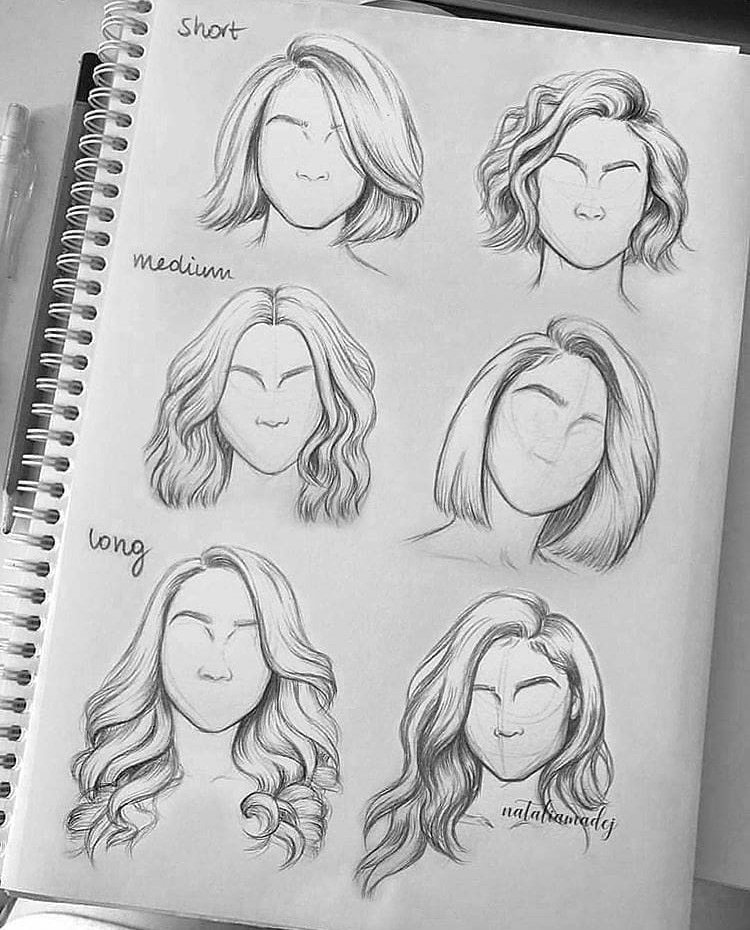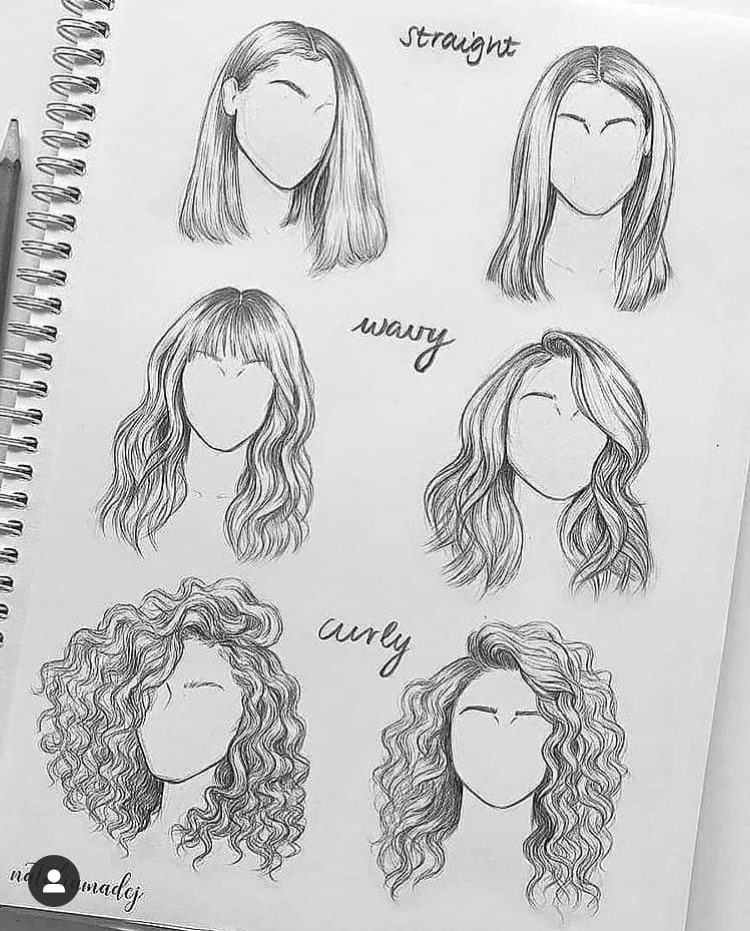Learning Objectives:
• To learn the importance of tonal values when drawing hair
• To practice skills in drawing hair
• To improve your ability to identify shapes when drawing hair
• To make appropriate changes to improve your work as it develops.
• To practice skills in drawing hair
• To improve your ability to identify shapes when drawing hair
• To make appropriate changes to improve your work as it develops.
Your task:
Practise drawing hair following the video, worksheet and tips listed below. You should be routinely making changes as your work develops.
What you will need:
Sketching paper (or your sketchbook), a soft pencil (preferably 2B or 4B), eraser, blending stump (or cotton bud) and a pencil sharpener.
Demo:
Don't have time to draw the outlines?
Download, print and trace these outlines of Emma Watson so you can have a go at the same image as in the video above.
Alternatively, you can copy the study of hair below,


Hair Variations:
There are many different hair styles and each style looks different from different angles. Below are just a few examples...




Top Tips:
• It is more important to consider tone when drawing hair, rather than just details. In the shadows you probably won't be able to be able to distinguish one line from the next and in the highlights your lines might fade to white completely
• Consider not just the value of the shadows and highlights (how light or dark they are), but also the shape of each shadow and highlight
• Are your gradients linear, radial, or random?
• Be wary of smudging when drawing hair, as it is rarely required
• Consider not just the value of the shadows and highlights (how light or dark they are), but also the shape of each shadow and highlight
• Are your gradients linear, radial, or random?
• Be wary of smudging when drawing hair, as it is rarely required
Other Tips:
• Use a sharp pencil
• Draw as lightly as you can when sketching your initial outlines
• Measure the initial width, height and angle of each shape/shadow/highlight carefully
• Layer up your shading gradually
• You can leave gaps for the highlights, but you can also use an eraser after shading to emphasise the lighter tones
• Draw as lightly as you can when sketching your initial outlines
• Measure the initial width, height and angle of each shape/shadow/highlight carefully
• Layer up your shading gradually
• You can leave gaps for the highlights, but you can also use an eraser after shading to emphasise the lighter tones